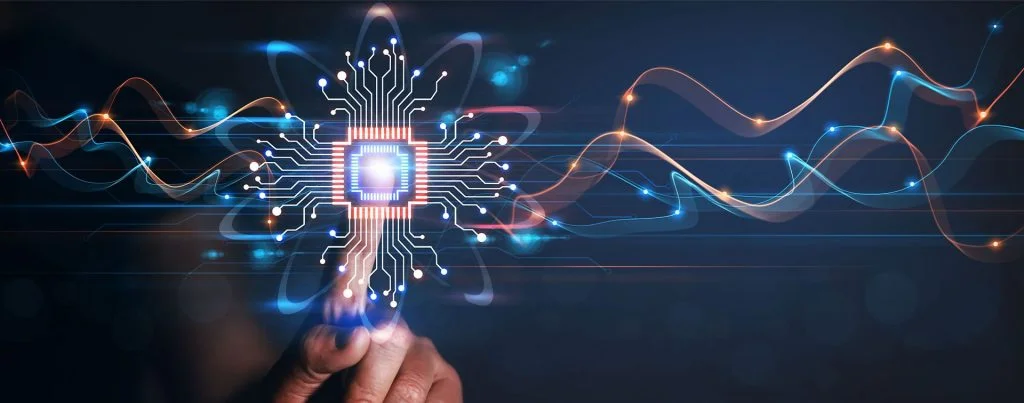Appslure is one of the best mobile app development company.
In recent times, businesses and financial institutions have experienced a significant transformation thanks to large-scale digitization. Every business strives to implement strategies for faster operations and also make efforts to provide convenience to their customers. This results in better reach and global recognition of businesses.
Along with these technological improvements, businesses also look for solutions to provide security to customers. Saas providers are now offering OCR (optical character recognition) services to assist businesses in document verification. OCR technology enables the accurate extraction of required information from documents and speeds up the process.
Why Do Businesses Need OCR Technology
Securing customer transactions and accounts in businesses starts with identity verification, which involves document verification as a fundamental step. While technological solutions are capturing almost every industry, the competition between financial service providers is on the rise. Documentation and data entry are common processes in financial institutions, where forgery and stolen documents often lead to huge losses.
With OCR technology, the data extraction and entry processes in document verification are not only automated but also provide accuracy in the detection of fraudulent alterations in documents. Machine learning algorithms carry out extensive data analysis and match predefined templates to perform verification in a far better way than humans ever could. Moreover, the need for scanners is eliminated with the introduction of OCR scanner apps.
How OCR Technology Works
Depending on the application, different OCR solutions offer slightly varying functionalities. However, the technology and concept behind accurate data extraction are of particular interest to businesses. This is due to the use of artificial intelligence, which makes data analysis much more efficient and leaves nothing to chance when it comes to verifying documents with set templates. Optical character recognition apps now include the functionalities for scanning, editing, clarifying, and converting documents to pdf format.
Moreover, filters can be applied to the scanned images for improved readability and often make them look clearer than the real paper document. The back-end process in OCR services involves the separation and individual recognition of characters, words, and sentences. Every character is separately recognized and specified respective metadata is assigned, followed by the cross-checking against pre-defined characters and fonts.
Enhancements in OCR technology have led to the introduction of ICR (intelligent character recognition), which enables the detection of cursive handwriting and even the extraction of text from documents with folded edges. Intelligent OCR technology allows businesses to verify documents efficiently, as the algorithms running in the background accurately detect nearby characters to distinguish between similar-looking letters/numbers such as “2” and “Z”.
Artificial Intelligence in OCR
The collective use of artificial intelligence and natural language processing (NLP) in OCR technology significantly uplifts a business’ ability to process documents without error. OCR scanner apps are deployed by firms to reduce their processing costs that are otherwise spent on additional hardware. It also saves the amounts paid to data entry professionals by automating data extraction and data entry.
The use of AI technology allows optical character readers to ‘know’ what to read, and what to extract from a document as they go through a constant learning process. The following processes are involved in data extraction through the OCR engine:
-
Pre-Processing
In this initial process, the quality of the scanned image is improved for data extraction. It constitutes functionalities like editing the image’s brightness, contrast and improving its clarity. The aim is to make the written bits easier to read by reducing the distortion.
-
Data Extraction
Followed by the editing and clarifying of the image is the identification of blocks of text, white spaces, lines, characters, and paragraphs.
-
Post-processing
The post-processing phase involves the smart detection of characters and text, which is done with the help of machine learning. AI helps differentiate between characters through extensive data analysis against several datasets.
Documents that Require OCR Data Extraction
Businesses encounter documents that are tough to recognize considering the fraudulent activities performed using fake documents. Using OCR technology, not only the extraction but the detection of forgery is made possible. Structured documents are relatively easier to detect as they are created using preset templates. These include government-issued documents and driving licenses, etc.
However, semi-structured documents are not created using set templates. Even though the information is readable, the extraction is difficult without OCR technology. In the worst cases, companies come across unstructured documents, which are not based on any template and are close to unreadable.
The Bottom Line
To sum it up, OCR technology provides convenience to businesses using AI to improve data extraction. This ultimately helps prevent identity fraud and financial crimes. It also provides convenience to customers in scanning their documents for verification.

